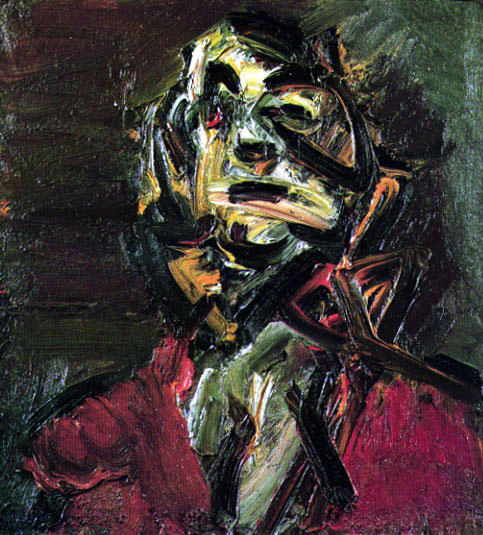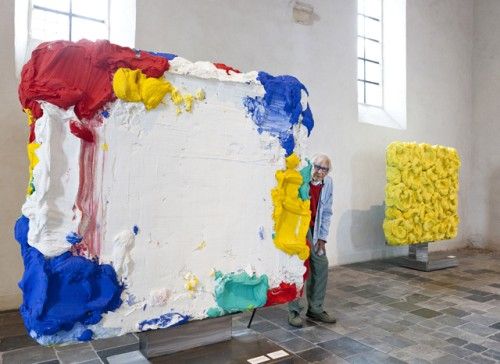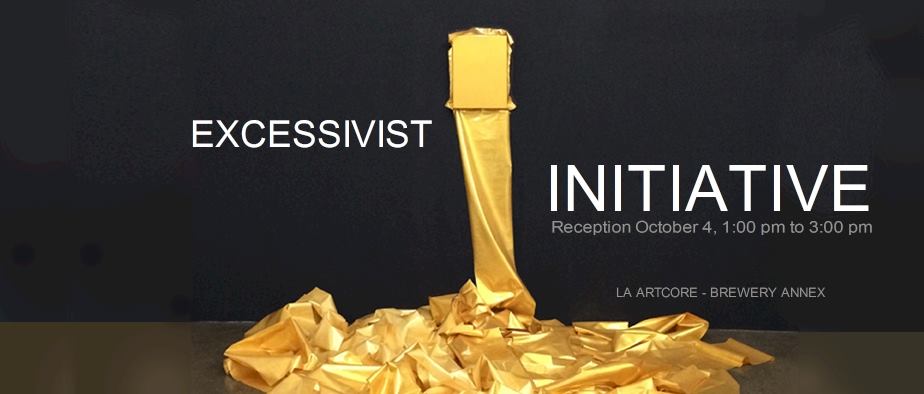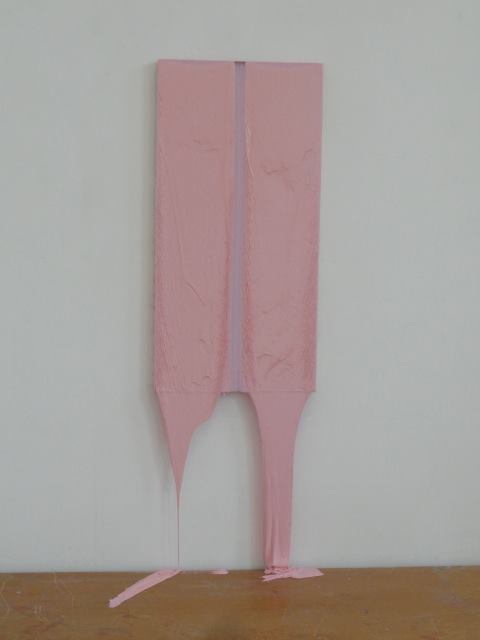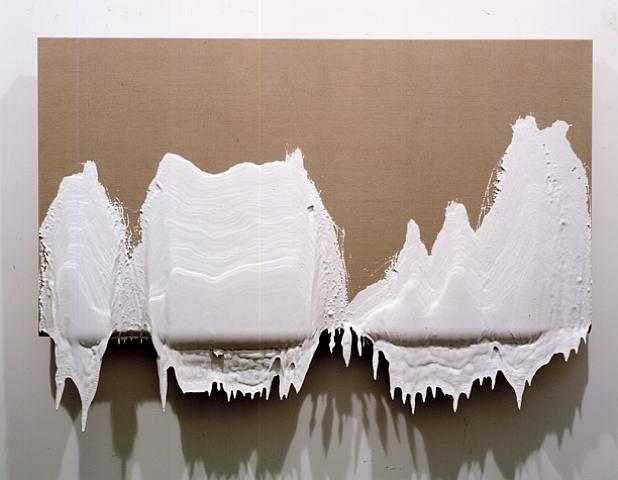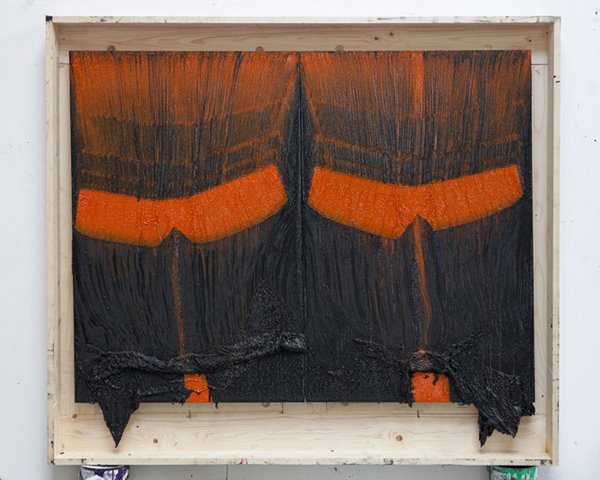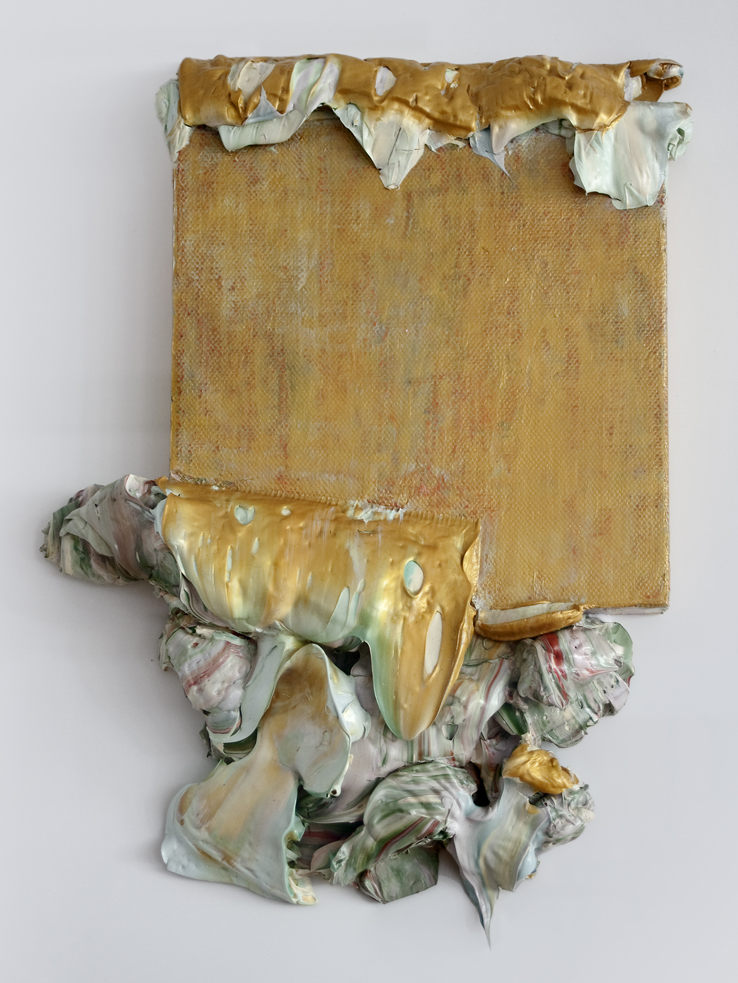As human beings, we grow by testing boundaries. By pushing limits. By finding out just far we can go. As an international art movement, Excessivism does much the same.
Above, artist Frank Auerbach
While excessivism has been around since the 1950s, with artists Frank Auerbach and Bram Bogart leading the charge, the movement has only recently fully come into its own. Devoted to going beyond what is required to create a work of art, the movement’s name bears reference to the contemporary consumer’s urge to go beyond what is needed and beyond one’s means when acquiring material goods. The works are a commentary in and of themselves on materialism.
Above, Bram Bogart
It would be entirely possible to get lost within this commentary, looking for the editorializing of excess through this art work. However, the visual aesthetic of excessivism is so potent that it even transcends its own political and social roots. From multi-media collages to installations and thickly layered paintings, from conceptual works that use lush, ripe gold and bronze, the movement is as inherently visual and exciting as it is a fascinating political, economic, and yes, spiritual statement on materialism and capitalism.
In 2015, artist and curator Kaloust Guedel brought twenty excessivist artists’ work to LA Art Core in the Excessivist Initiative exhibition. With this powerful show, viewers were drawn to consider the dichotomy between the wealthy who squander natural resources and those just barely surviving, as well as confronting the planned obsolescence of resources for private profit, which impacts humanity itself.
According to Guedel, “Society (is) in a state of ever-increasing excess and the waste of resources is reflected in the arts, particularly of visual artists…As a reflection, examination, or investigation of every aspect of life in excessive state…subject areas are, but not limited to economics, politics and psychology. In politics the leaders become mis-leaders only to serve the interests of their contributors, whose interests are more often than not opposed to the interests of their electors.”
Above, Alexis Harding
The art of the Excessivist movement reflects and examines the desire to acquire material goods out of simply wanting them rather than out of need.
Excessivism as an art movement expresses itself primarily through abstraction and installations.
Movement artists rely on portraiture, precious and semi-precious materials such as gold and bronze, or thick layers of paint to illuminate contemporary political topics. Excessivism is the very epitome of the catch phrase “The medium is the message,” as Canadian professor and philosopher Marshall McLuhan once memorably said. In short: the form of a medium is inevitably embedded in any message it issues.
Frank Auerbach works with thick paint, layering and removing it, creating distorted, layered images, both figurative and abstract. The works, many created in the 1950s, use so many different colors that there is no clearly defined palette.
Roxy Paine shapes works in which paint is so thick that it drips like icing, hangs suspended like icicles. Paine created paintings using a mechanical method that he invented, called the “paint dipper.”
Bram Bogart employed paint sculpturally to create three-dimensional wedges of color.
Scott Richter’s work is more two-dimensional, but it, too, features thick ribbons of color that make a viewer want to peel away the cross-hatched stripes of paint.
Alexis Harding paints receding waves of color, in which shades mix, shift, and ebb. This paint is rich and deep, brush strokes visible, thick globs peeling from the edge of the frame or running onto the floor in streams.
Marco Lamoyi’s work varies smooth surfaces with a 3-D taffy-like spillage. As if paint were indeed melted candy oozing from a shiny wrapper, his rainbows of color look wet and supple, as if they could melt in the viewers hand as well as in the mind. And Guedel uses a wide range of materials such as plexiglass, metal, vinyl, and acrylic as he morphs paintings into sculptures and architecture
It’s fair to say that excessivism exceeds its own message: social and economic commentary on wealth and waste aside, these are fascinating, raw, immersive works.
- Genie Davis; photos: courtesy of artists



